The 2025 ATI Mental Health Proctored Exam: Complete Review Guide with Practice Questions, Rationales, and Expert Strategies for Guaranteed Success with 130 Questions is an all-encompassing study resource tailored for nursing students preparing for the ATI Mental Health Proctored Exam in 2025. This guide aligns with the latest ATI exam specifications, covering critical topics such as therapeutic communication, psychiatric disorders, psychopharmacology, crisis intervention, and patient safety. It includes 130 carefully curated practice questions, reflecting the exam’s format, including Next Generation NCLEX (NGN)-style items like bowtie and case study questions. Each question is accompanied by detailed rationales, explaining the reasoning behind correct and incorrect answers to deepen understanding of complex mental health concepts, such as managing schizophrenia delusions or assessing suicide risk. The guide also offers expert strategies, including time management techniques, methods to tackle NGN questions, and tips to reduce test anxiety, ensuring candidates are well-prepared for exam day. Additionally, it provides a comprehensive content review with visual aids, mnemonics, and quick-reference tables for high-yield topics like psychotropic medication side effects and therapeutic milieu principles. Designed for guaranteed success, this resource includes digital access to practice quizzes and flashcards, making it ideal for both first-time test-takers and those aiming for a level 3 score to exceed NCLEX standards.
Preview
1.
Question: A nurse is collecting data from a client who is newly admitted to a mental health
facility. Which of the following actions should the nurse perform first?
A) Establish rapport with the client
B) Determine the client’s coping strategies
C) Identify the client’s perception of her mental health status
D) Review the client’s medical history
✅ Correct Answer: C) Identify the client’s perception of her mental health status
Rationale: Understanding the client’s own view of her mental health is the priority to guide
individualized care planning. According to the nursing process, data collection begins with
the client’s perception.
2.
Question: A nurse is told during change-of-shift report that a client is stuporous. When
assessing the client, which finding should the nurse expect?
A) The client responds verbally but is confused
B) The client is alert but drowsy
C) The client arouses briefly in response to a sternal rub
D) The client has purposeful movement in response to stimuli
✅ Correct Answer: C) The client arouses briefly in response to a sternal rub
Rationale: A stuporous client is nearly unresponsive and only arouses with vigorous or
painful stimuli, such as a sternal rub.
3.
Question: A nurse is planning a peer group discussion about the DSM-5. Which of the
following should be included? (Select all that apply.)
A) The DSM-5 provides legal guidelines for involuntary admission
B) The DSM-5 establishes diagnostic criteria for individual mental health disorders
C) The DSM-5 assists nurses in planning care for clients with mental health disorders
D) The DSM-5 includes expected assessment findings for mental health disorders
E) The DSM-5 outlines treatment modalities for psychiatric conditions
✅ Correct Answers: B), C), D)
Rationale: The DSM-5 provides diagnostic criteria and expected findings, aiding in
assessment and care planning. It does not establish legal criteria or outline treatments.
4.
Question: A nurse in an emergency mental health facility is caring for a group of clients.
Which of the following requires temporary emergency admission?
A) A client with OCD experiencing compulsions
B) A client with schizophrenia refusing medications
C) A client with borderline personality disorder who assaulted someone with a metal rod
D) A client with depression who reports low mood
✅ Correct Answer: C) A client with borderline personality disorder who assaulted
someone with a metal rod
Rationale: Temporary emergency adm
Question: A nurse is collecting data from a client who is newly admitted to a mental health
facility. Which of the following actions should the nurse perform first?
A) Establish rapport with the client
B) Determine the client’s coping strategies
C) Identify the client’s perception of her mental health status
D) Review the client’s medical history
✅ Correct Answer: C) Identify the client’s perception of her mental health status
Rationale: Understanding the client’s own view of her mental health is the priority to guide
individualized care planning. According to the nursing process, data collection begins with
the client’s perception.
2.
Question: A nurse is told during change-of-shift report that a client is stuporous. When
assessing the client, which finding should the nurse expect?
A) The client responds verbally but is confused
B) The client is alert but drowsy
C) The client arouses briefly in response to a sternal rub
D) The client has purposeful movement in response to stimuli
✅ Correct Answer: C) The client arouses briefly in response to a sternal rub
Rationale: A stuporous client is nearly unresponsive and only arouses with vigorous or
painful stimuli, such as a sternal rub.
3.
Question: A nurse is planning a peer group discussion about the DSM-5. Which of the
following should be included? (Select all that apply.)
A) The DSM-5 provides legal guidelines for involuntary admission
B) The DSM-5 establishes diagnostic criteria for individual mental health disorders
C) The DSM-5 assists nurses in planning care for clients with mental health disorders
D) The DSM-5 includes expected assessment findings for mental health disorders
E) The DSM-5 outlines treatment modalities for psychiatric conditions
✅ Correct Answers: B), C), D)
Rationale: The DSM-5 provides diagnostic criteria and expected findings, aiding in
assessment and care planning. It does not establish legal criteria or outline treatments.
4.
Question: A nurse in an emergency mental health facility is caring for a group of clients.
Which of the following requires temporary emergency admission?
A) A client with OCD experiencing compulsions
B) A client with schizophrenia refusing medications
C) A client with borderline personality disorder who assaulted someone with a metal rod
D) A client with depression who reports low mood
✅ Correct Answer: C) A client with borderline personality disorder who assaulted
someone with a metal rod
Rationale: Temporary emergency adm
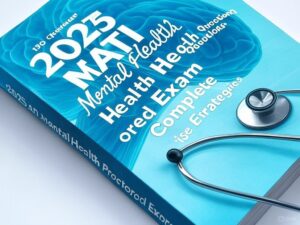
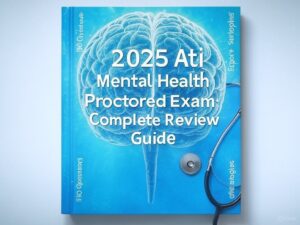


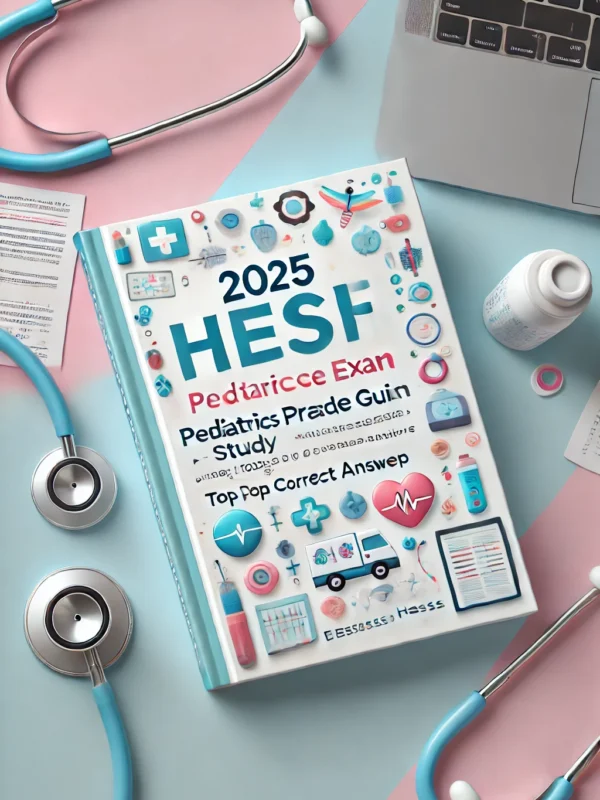
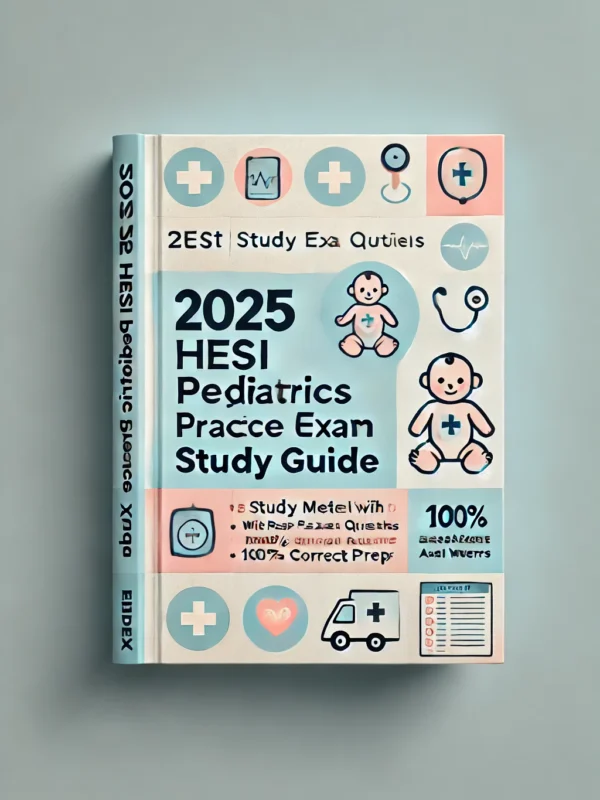
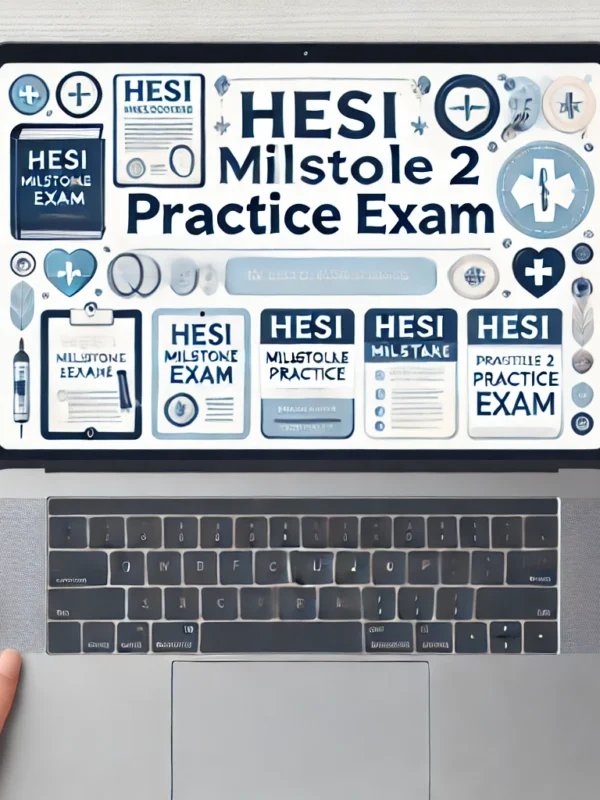
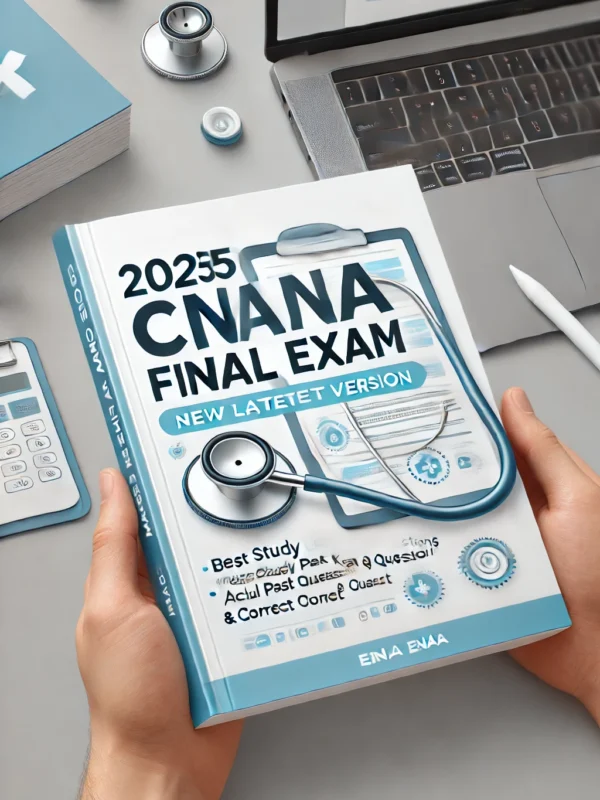
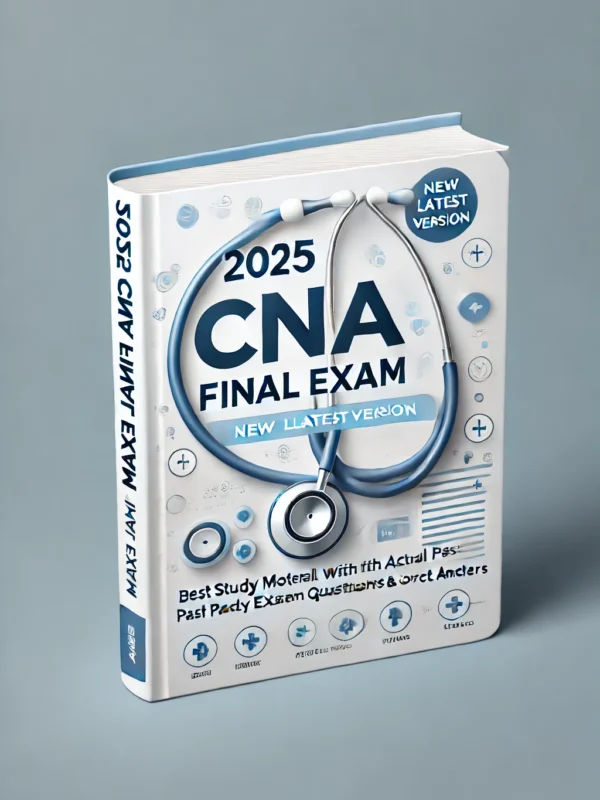

Reviews
There are no reviews yet.